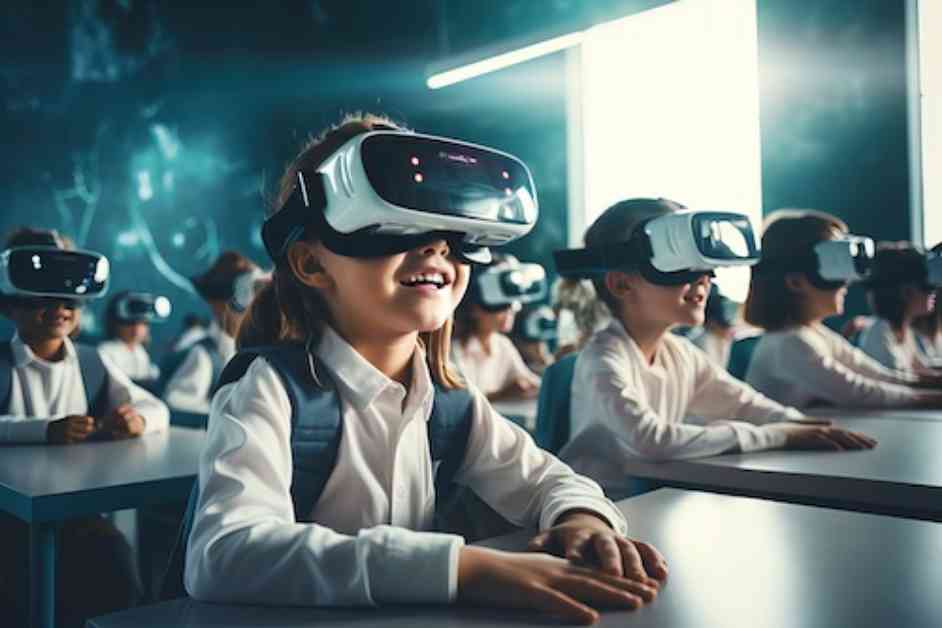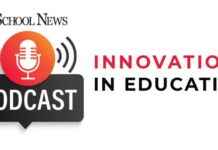In today’s modern world, technology plays a significant role in education, offering a wide range of benefits for both teachers and students. By integrating digital tools effectively in the classroom, educators can create dynamic environments that promote deeper understanding and critical thinking skills among students.
One of the key advantages of using technology in education is the promotion of engagement. Through interactive tools such as educational games, virtual simulations, and multimedia presentations, learning becomes more enjoyable and interactive, leading to improved retention of information. This increased engagement can have a positive impact on student achievement.
Personalized learning is another significant benefit of technology in education. Adaptive learning software allows educators to tailor lessons to meet individual student needs, enabling them to progress at their own pace. This personalized approach helps support diverse learning styles and abilities, ensuring that each student receives the support they need to succeed.
Collaboration is also encouraged through the use of technology in education. Platforms like Google Classroom enable real-time collaboration on projects, fostering teamwork and communication skills that are essential for success in the modern workforce. By working together on assignments, students can learn from each other and develop important social skills.
Moreover, technology provides access to a wealth of information and resources beyond traditional textbooks. Students can conduct research, access online libraries, and explore subjects in depth, enhancing their understanding of various topics. This access to diverse resources prepares students for future careers by equipping them with essential digital skills that are necessary in today’s tech-driven world.
For teachers, the use of technology also offers substantial value. It streamlines lesson planning and resource management, allowing educators to access a wide range of digital materials quickly and efficiently. Technology also enables differentiated instruction, allowing teachers to tailor lessons to meet the individual needs of students effectively.
Furthermore, technology enhances communication between teachers, students, and parents. Learning management systems, email, and messaging apps make it easier for teachers to stay connected with their students and provide feedback on their progress. Data analytics tools also help teachers track student performance in real-time, enabling them to identify areas for improvement and adjust their teaching strategies accordingly.
Overall, the integration of technology in education creates a dynamic learning environment that enhances engagement, personalizes learning, and fosters collaboration among students. By preparing students for future careers and equipping teachers with valuable tools, technology plays a crucial role in modern education, ensuring that both educators and learners are well-prepared for the demands of the 21st century.







